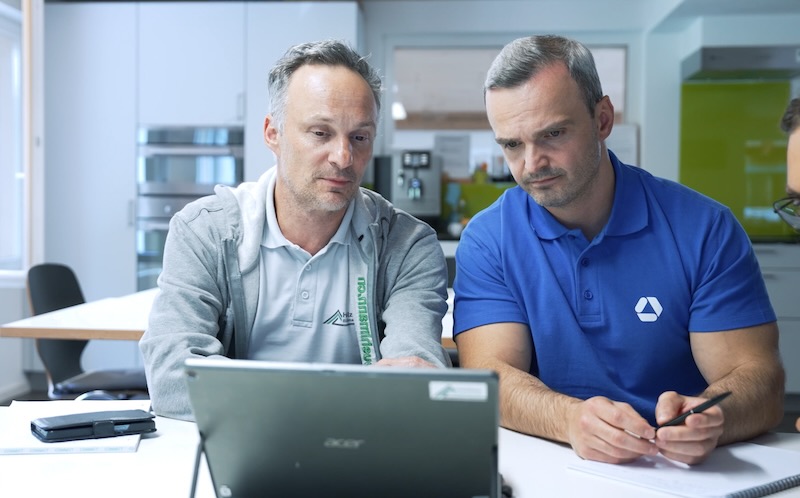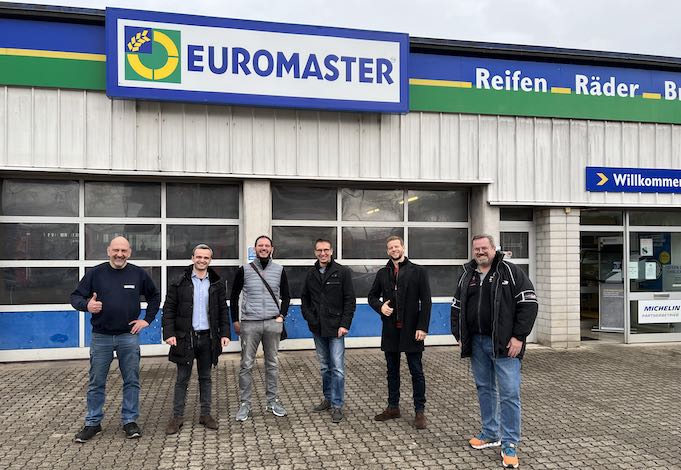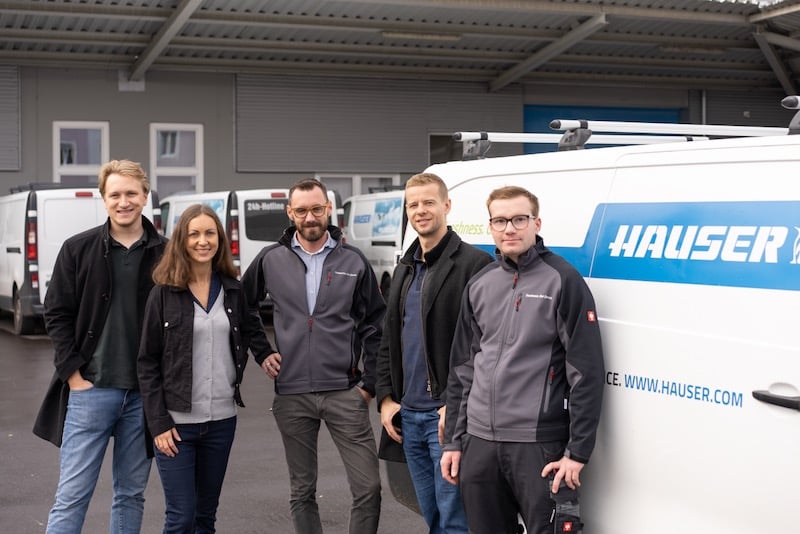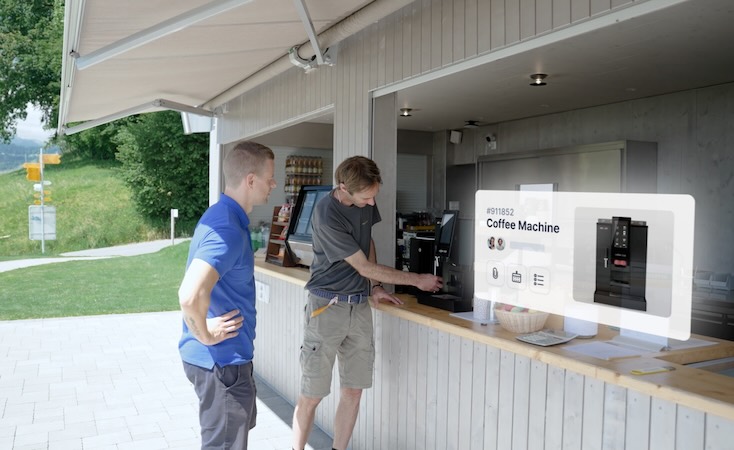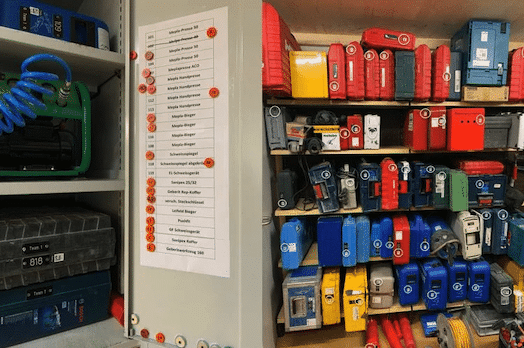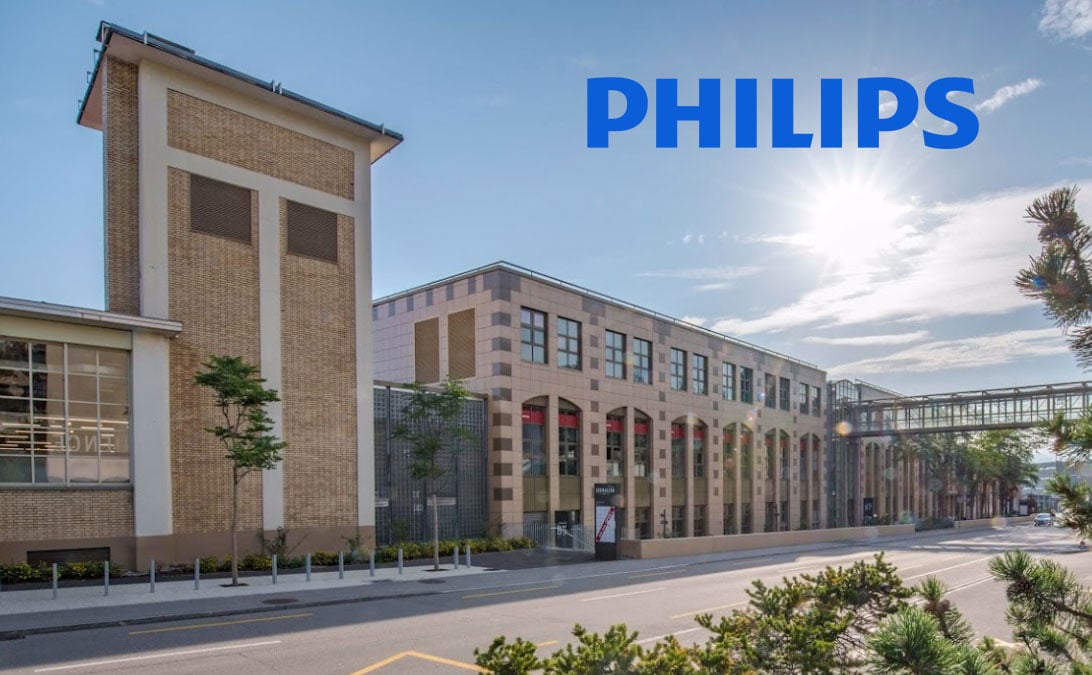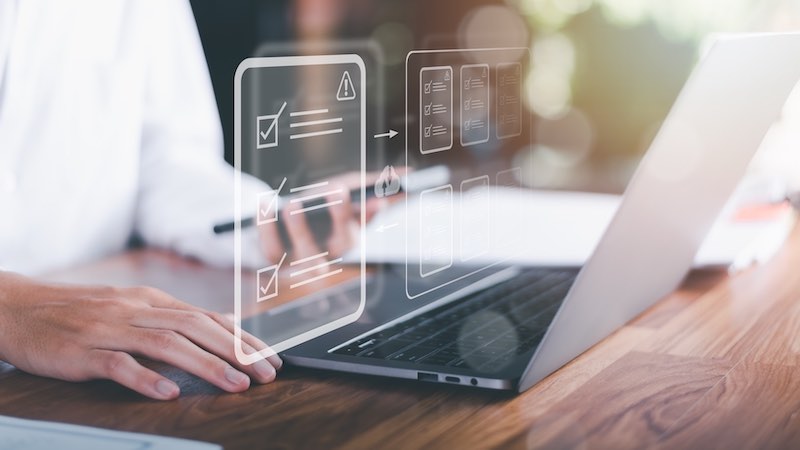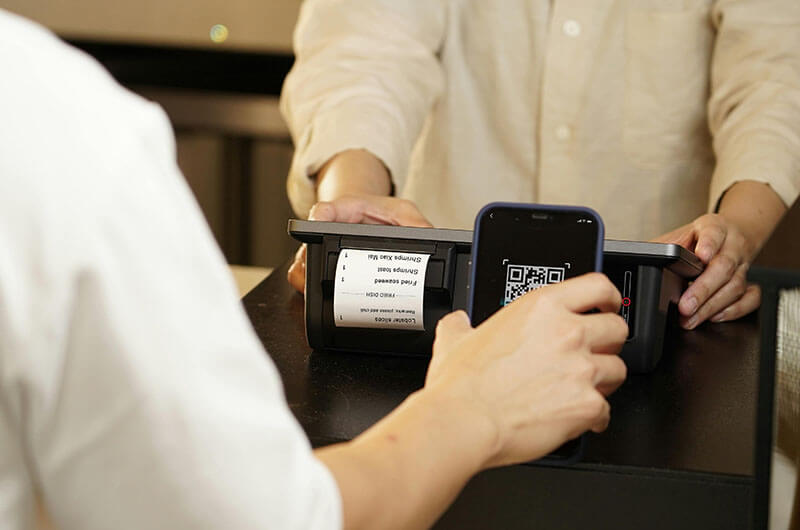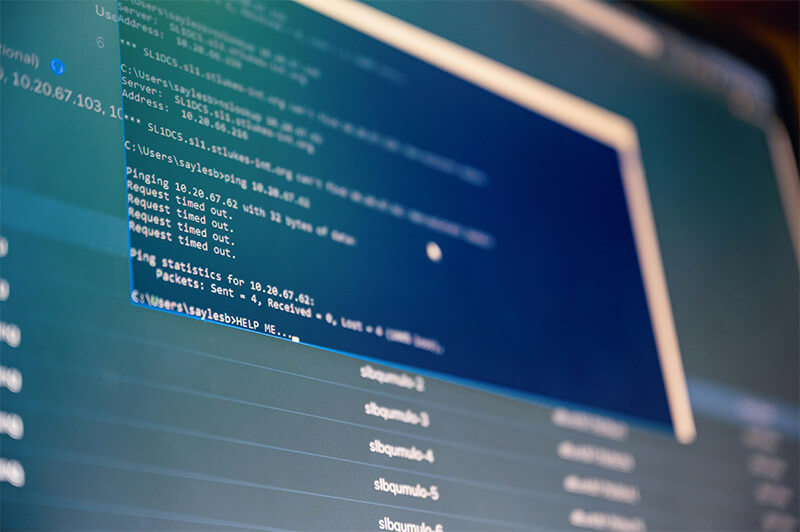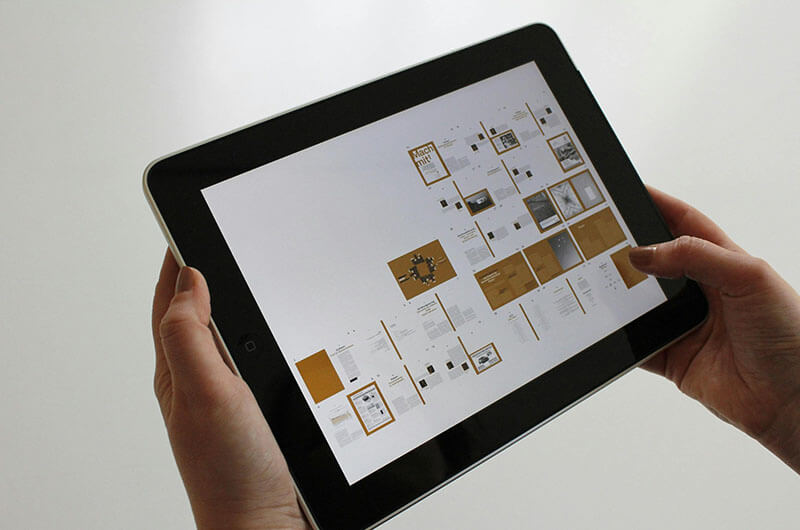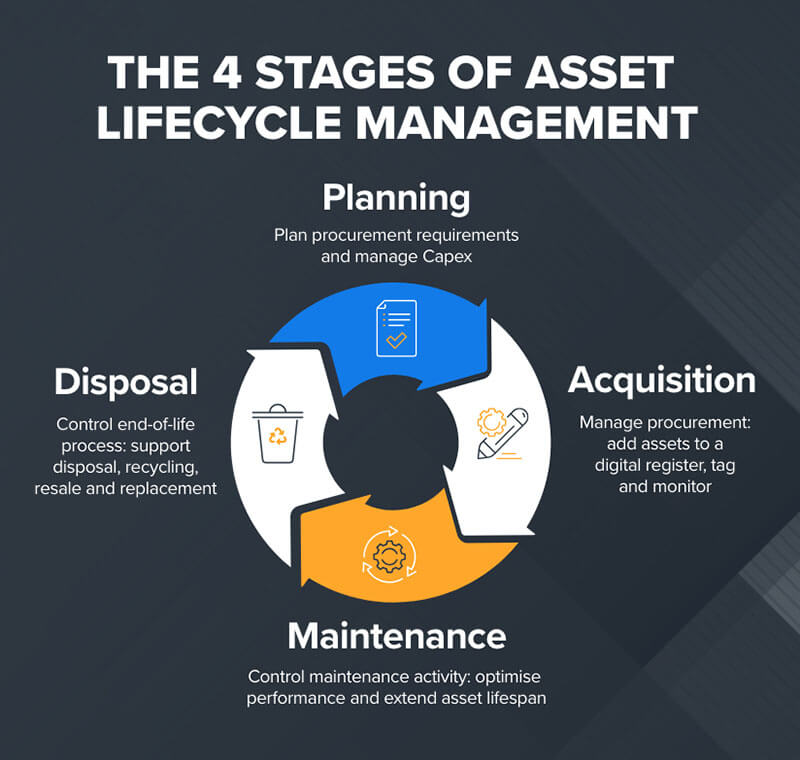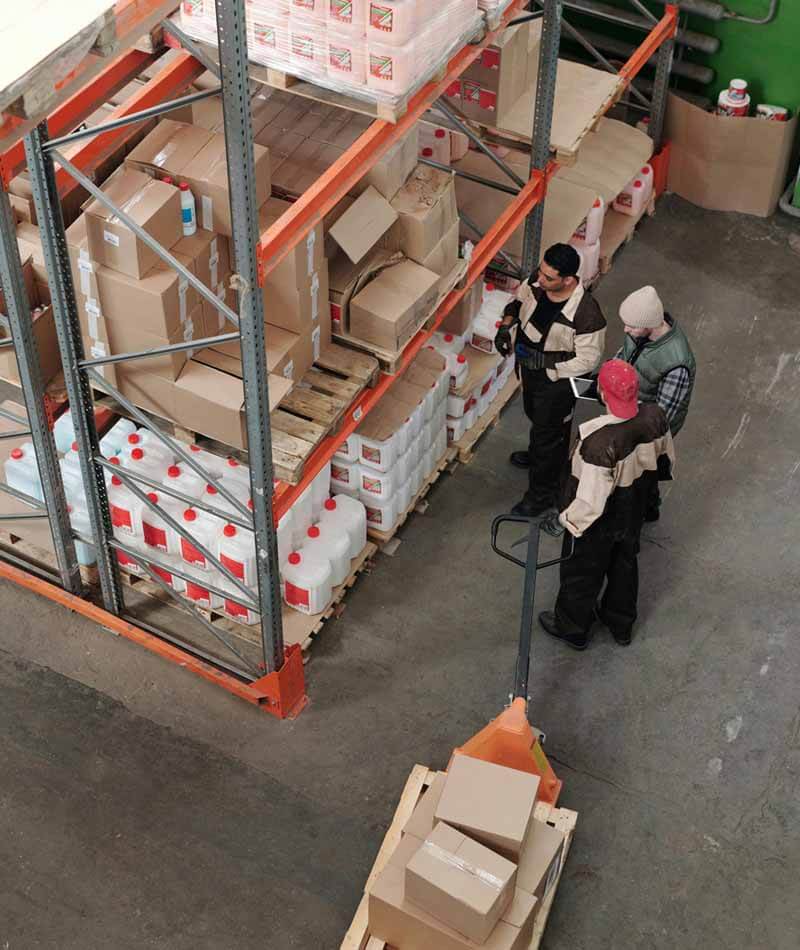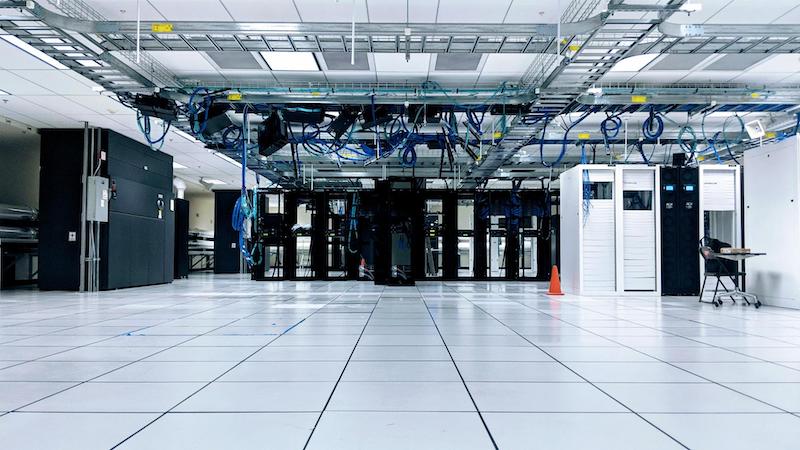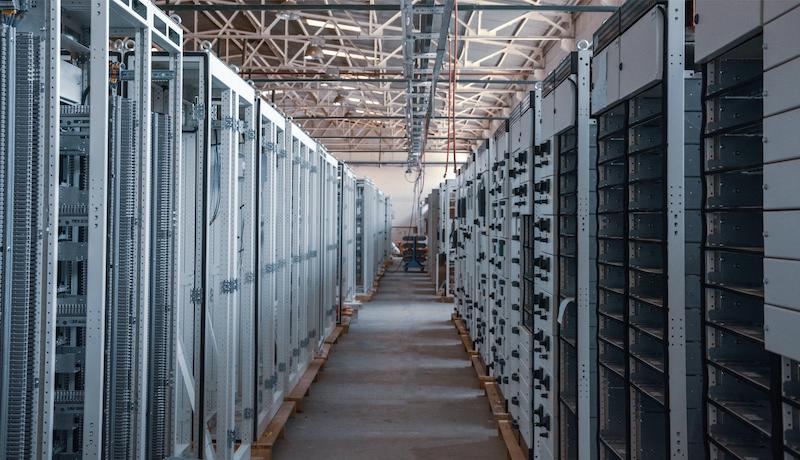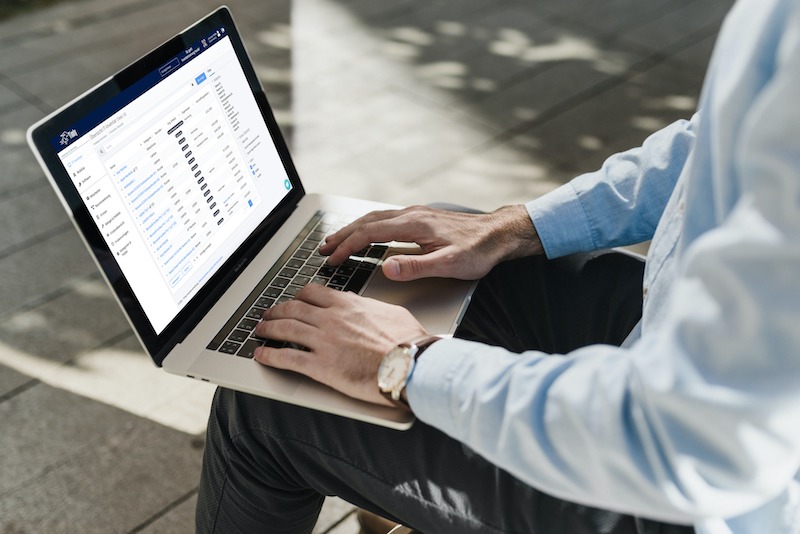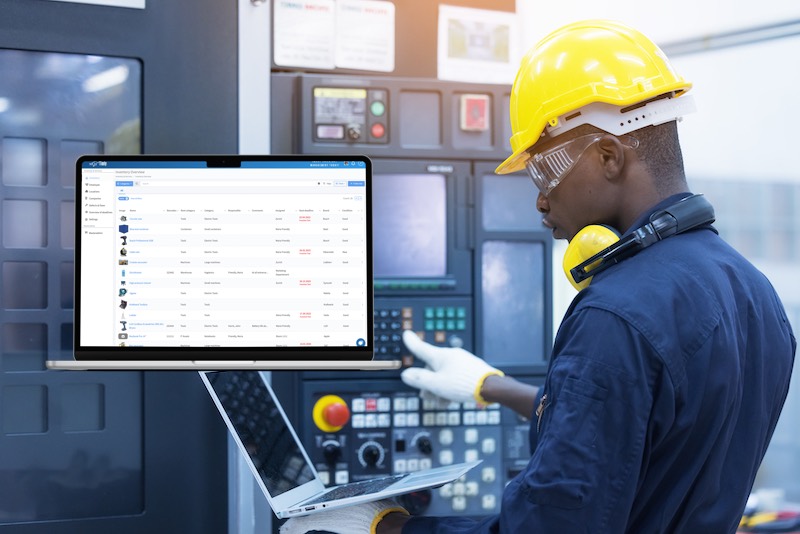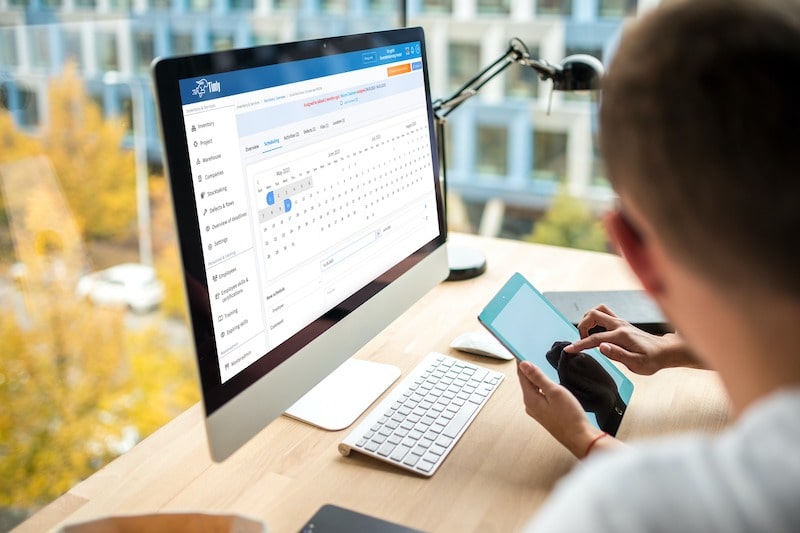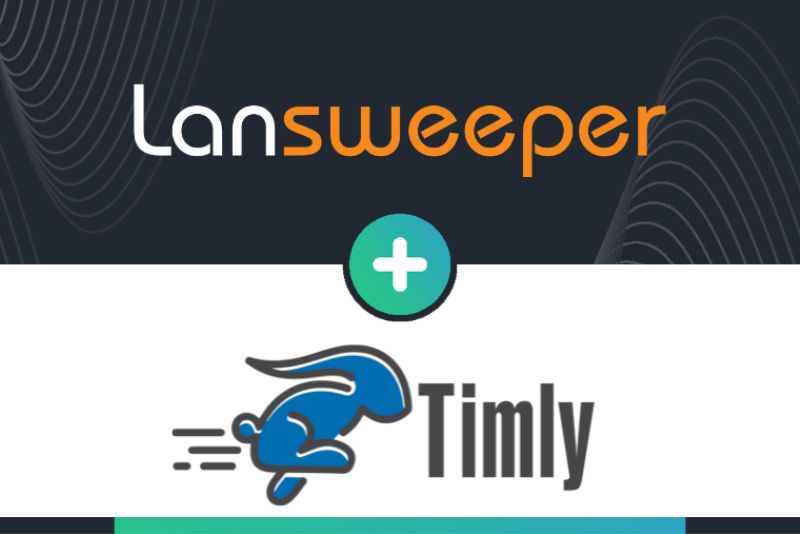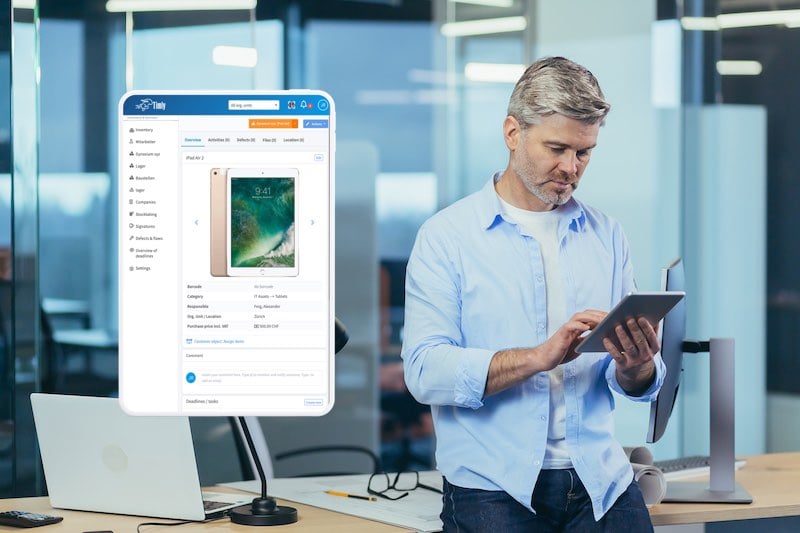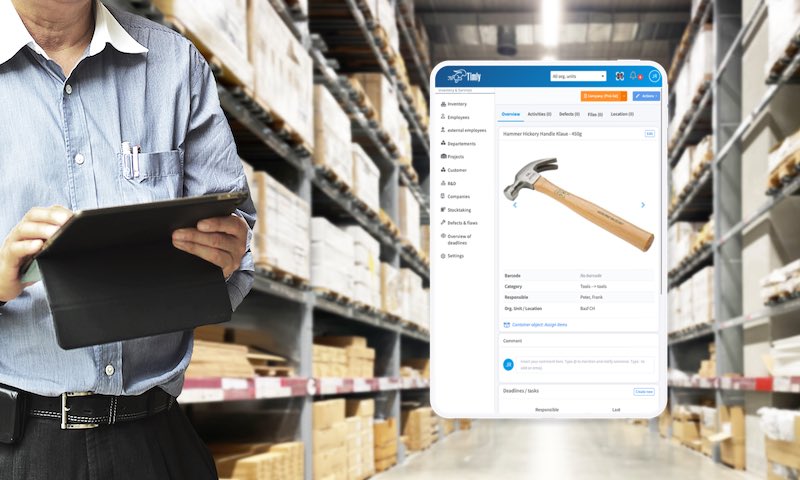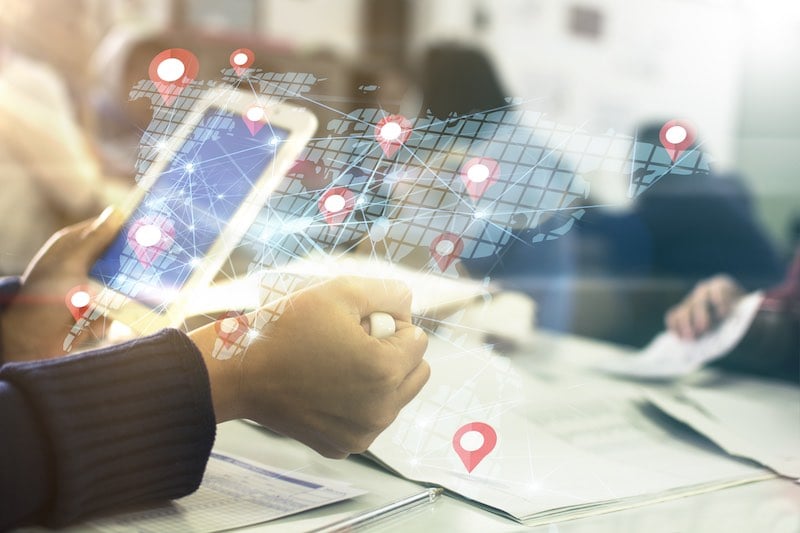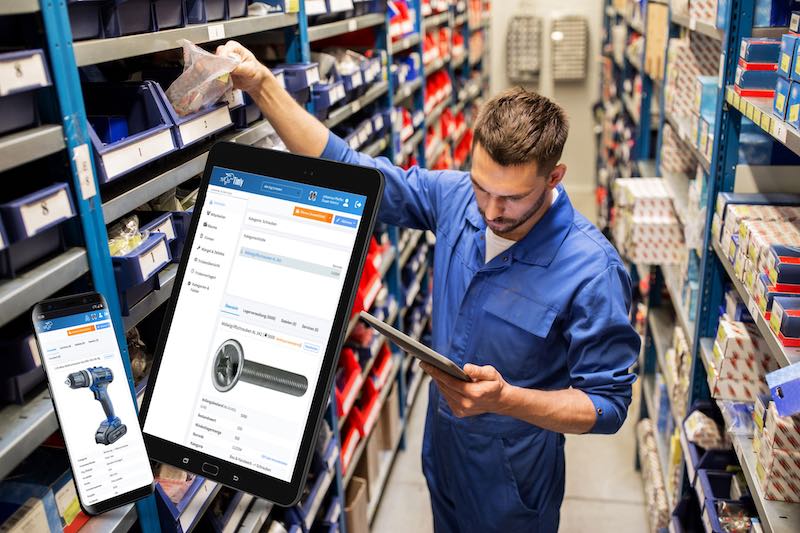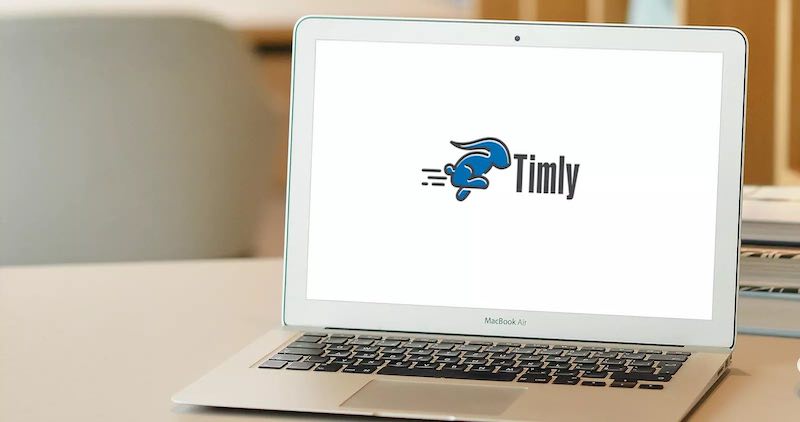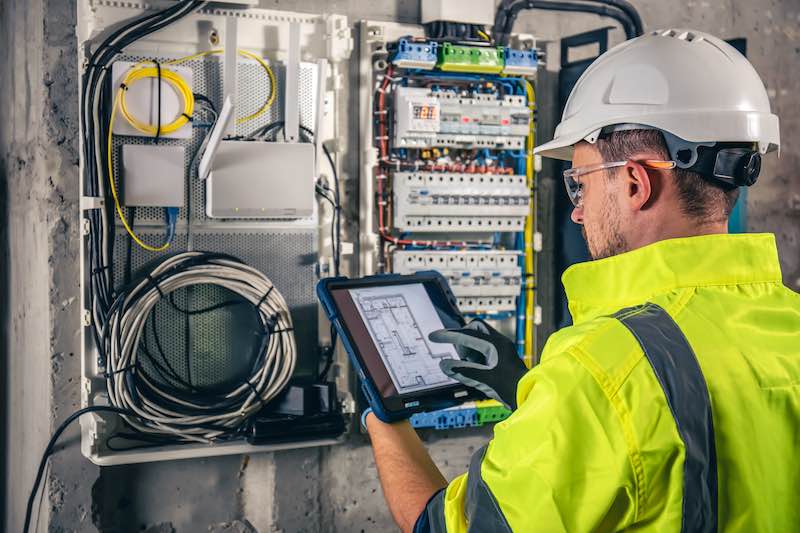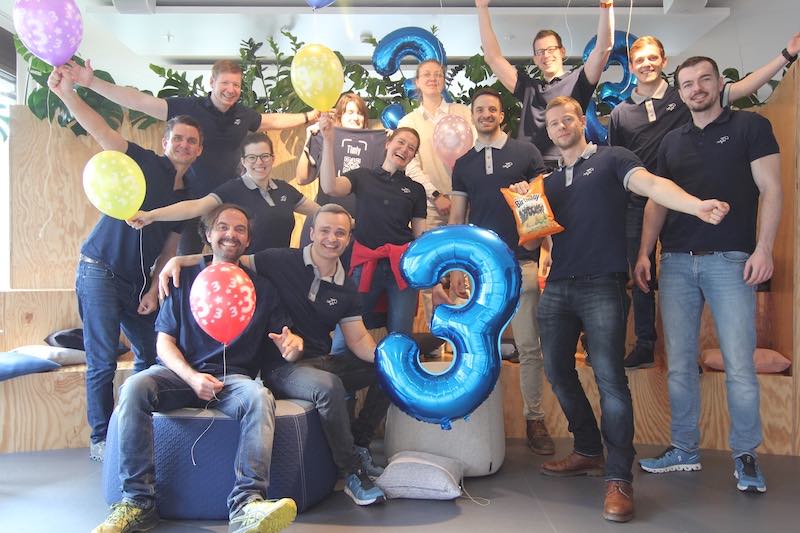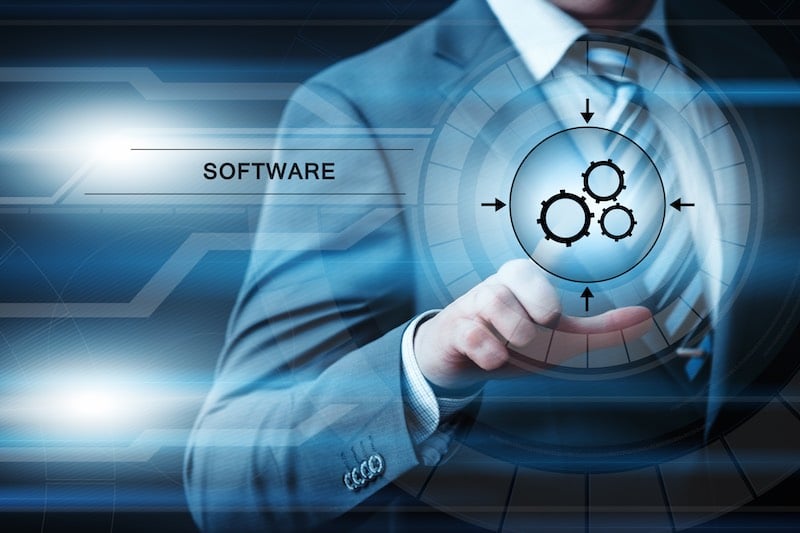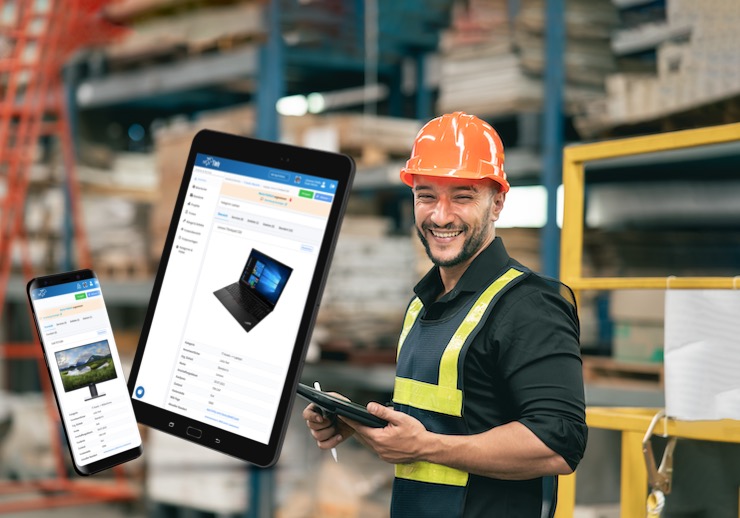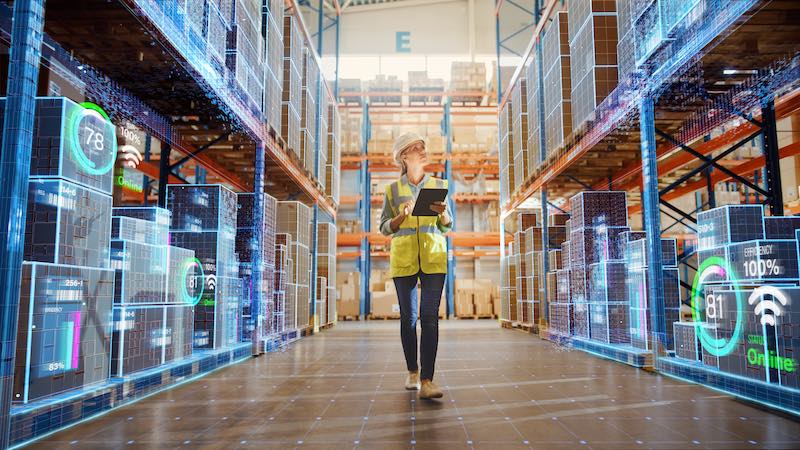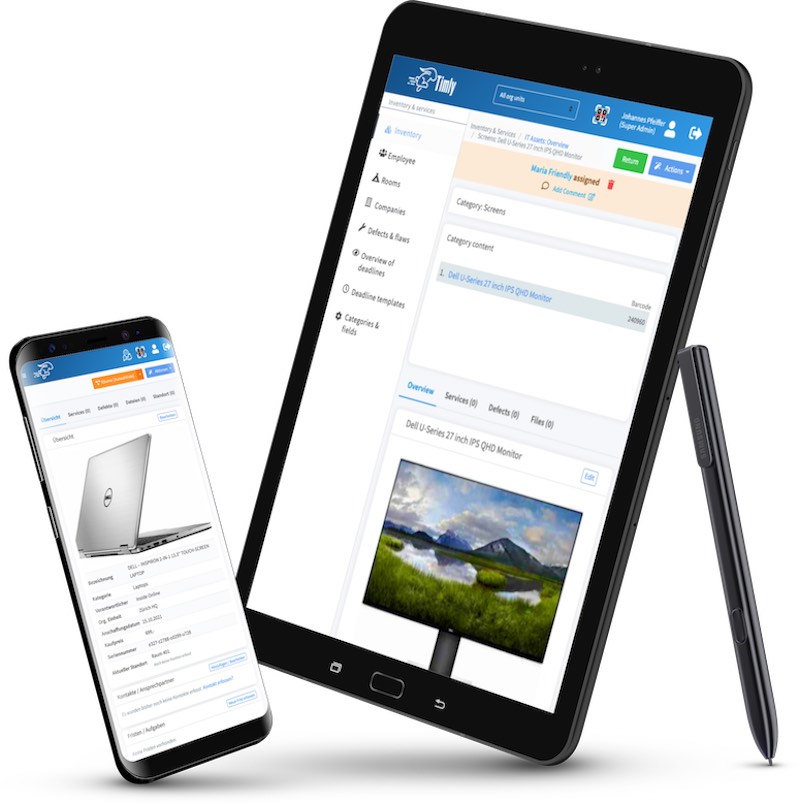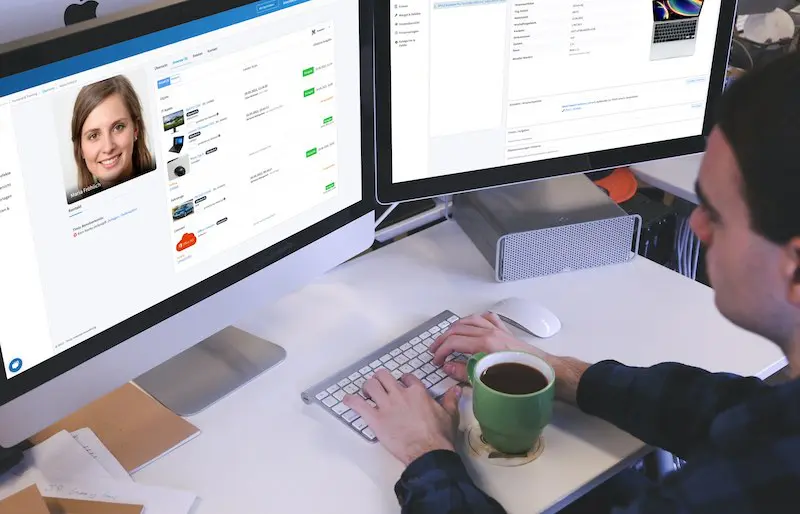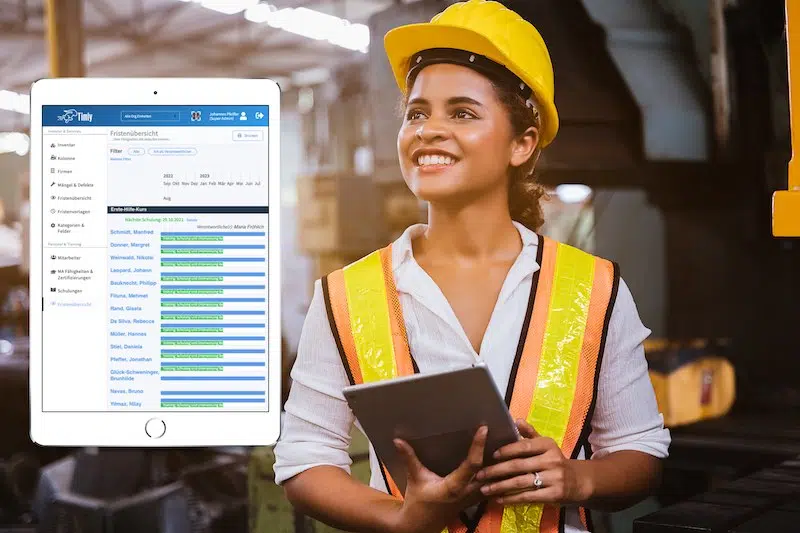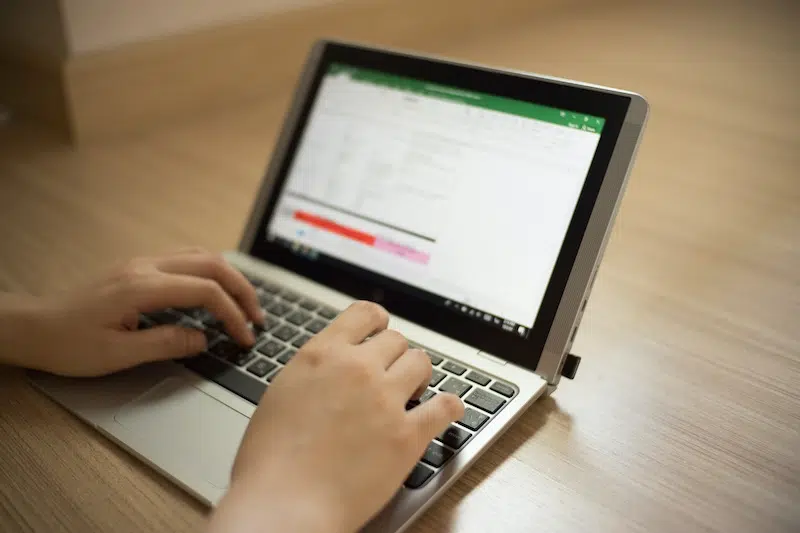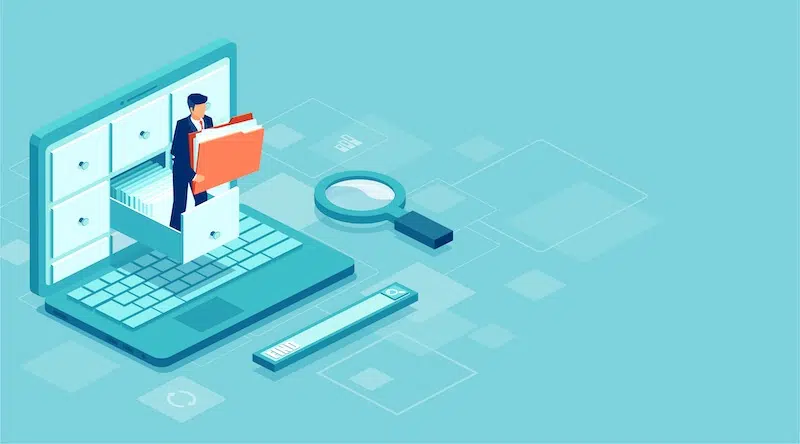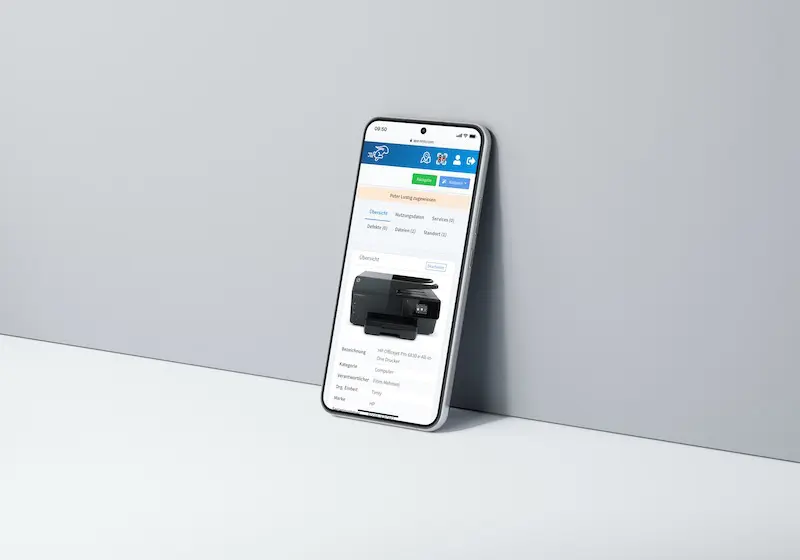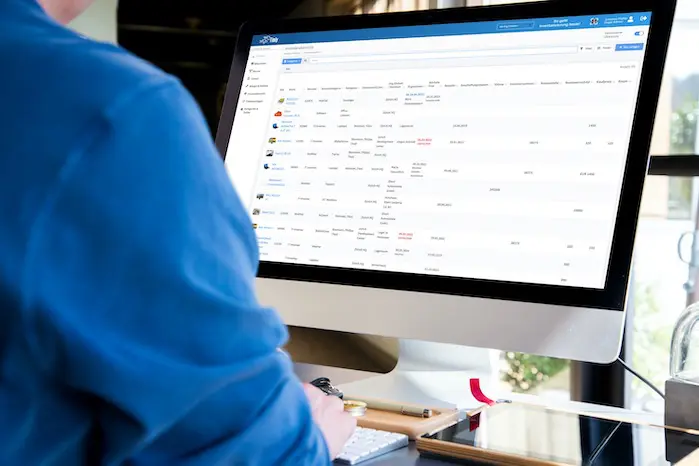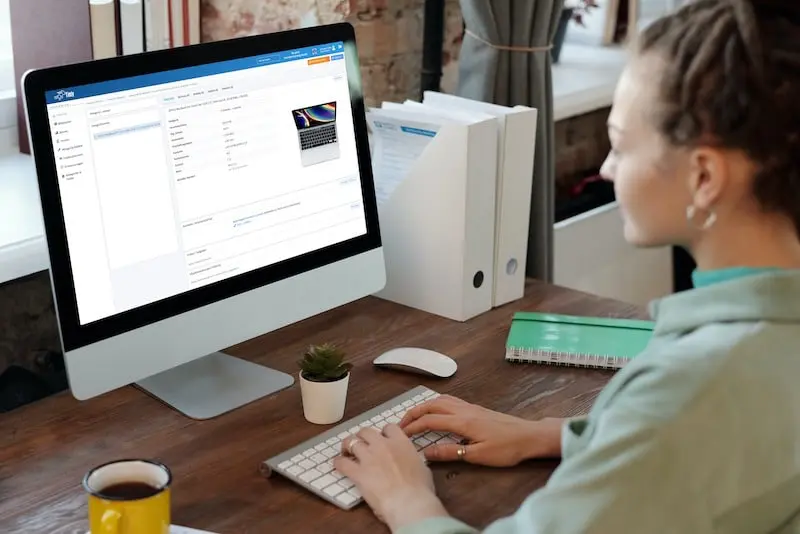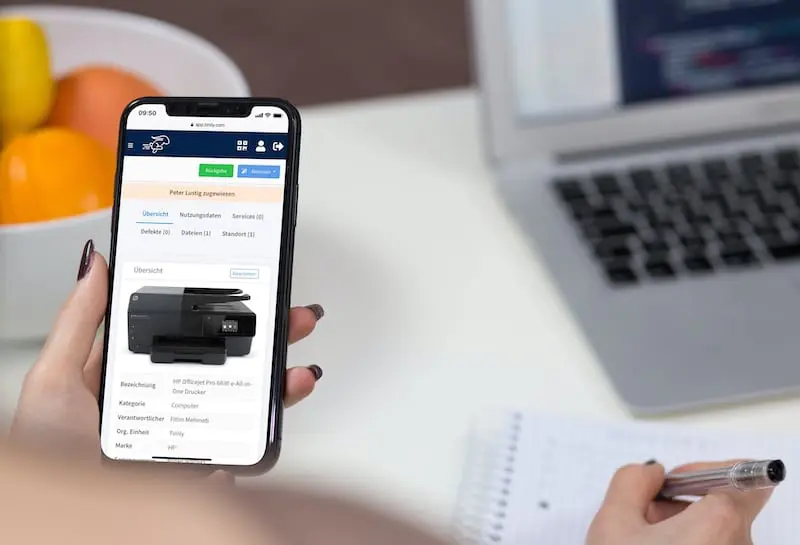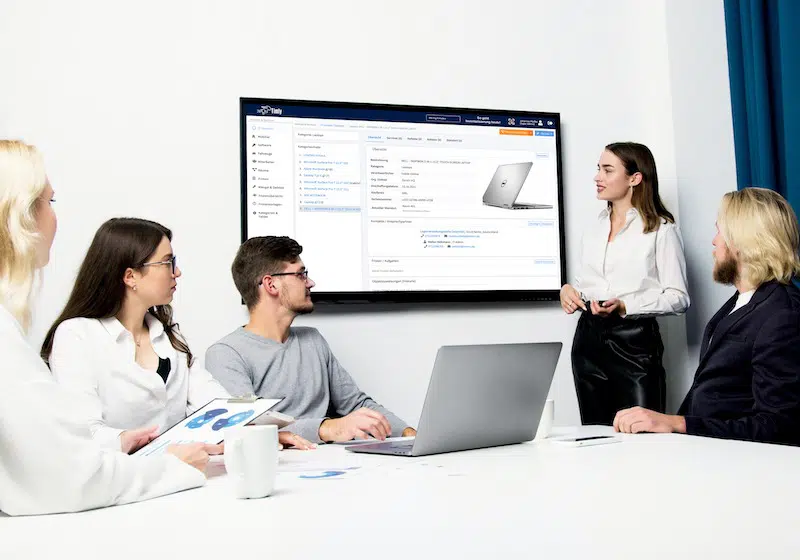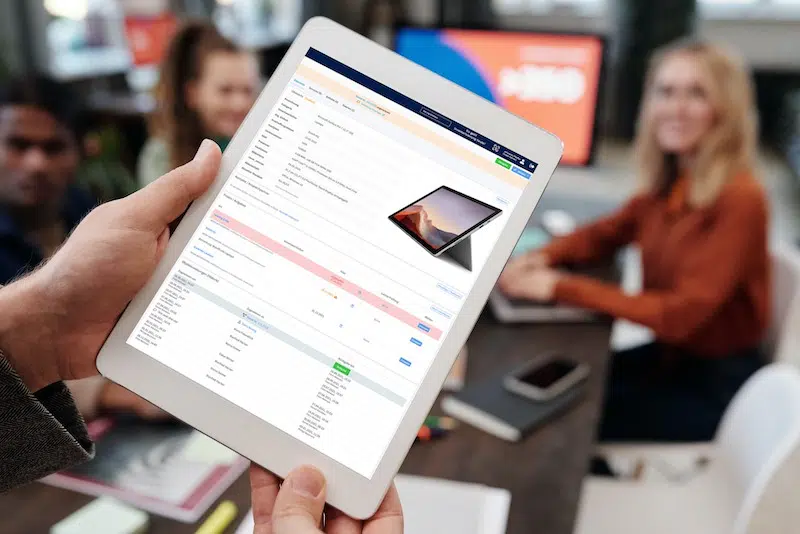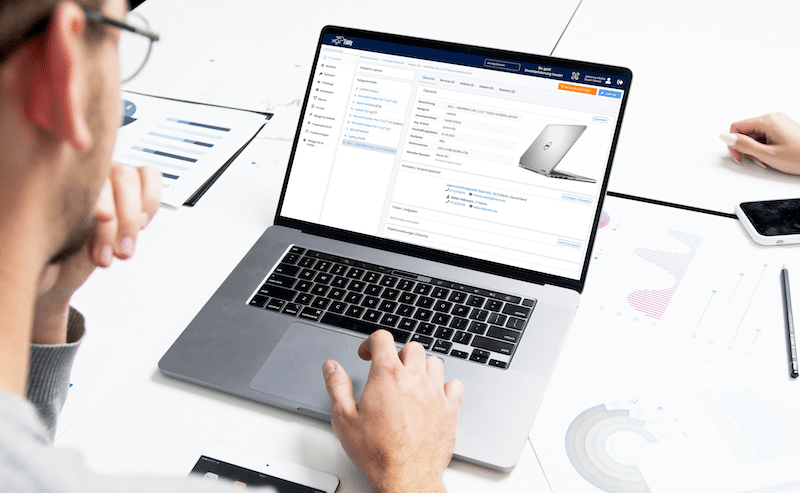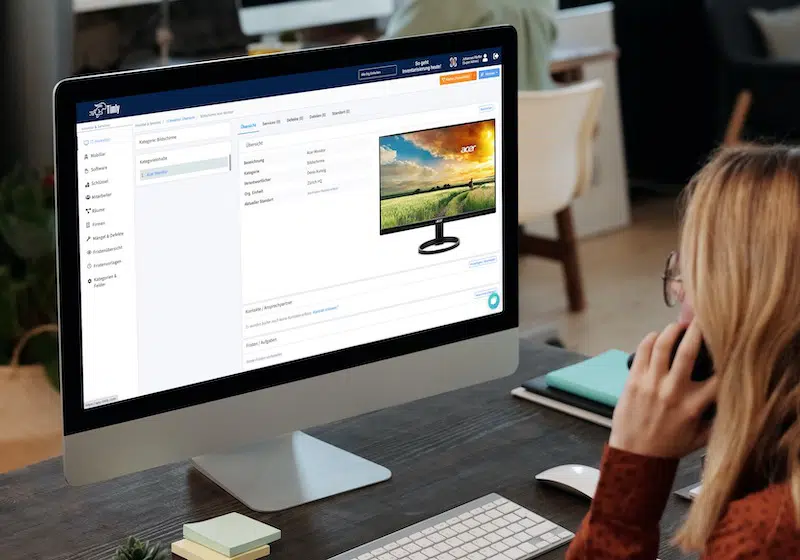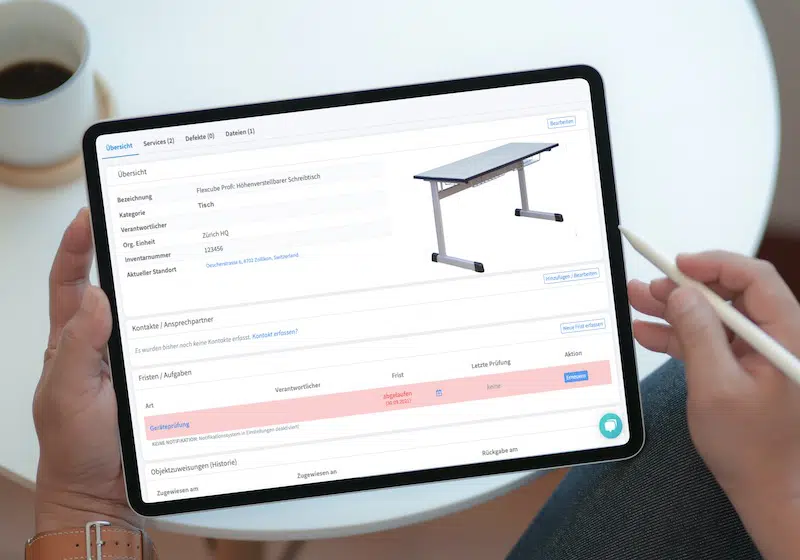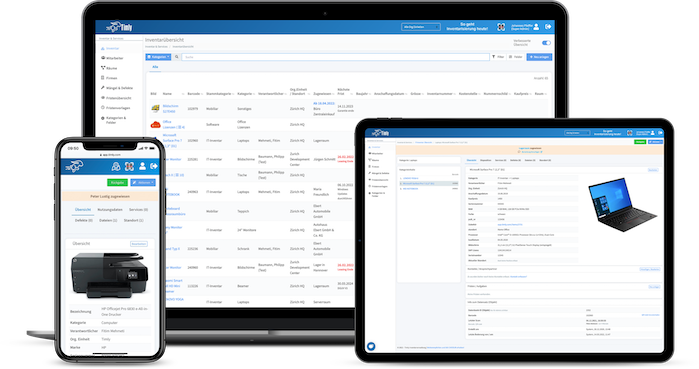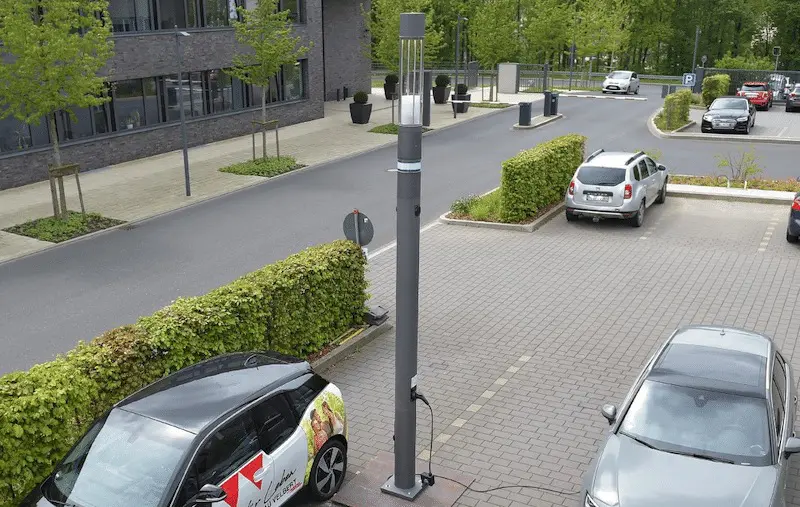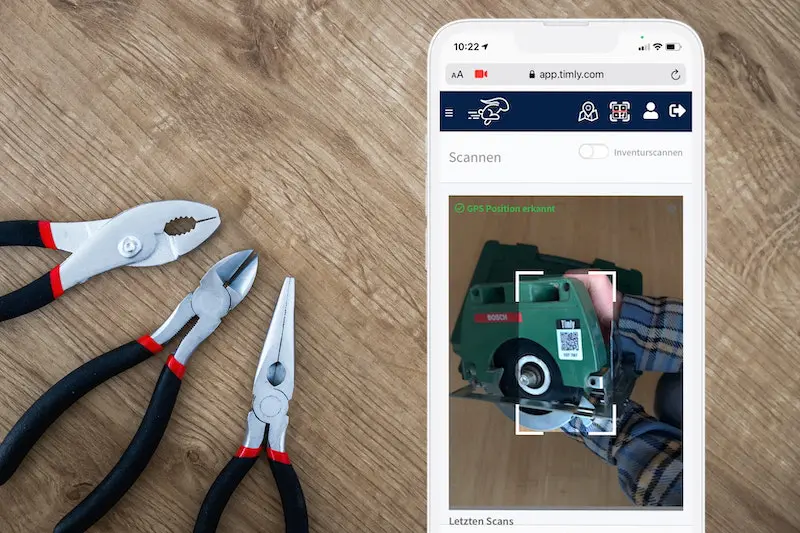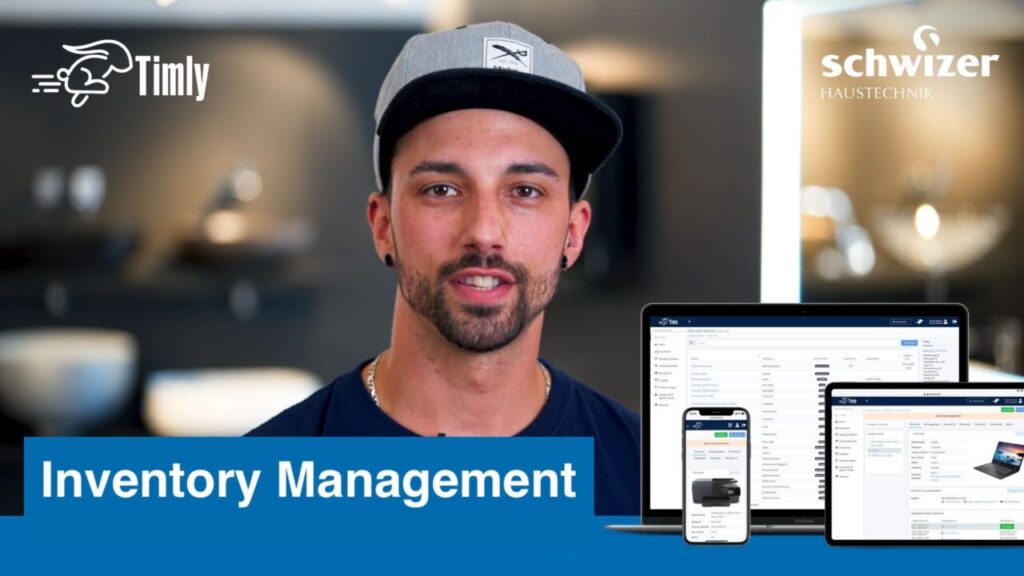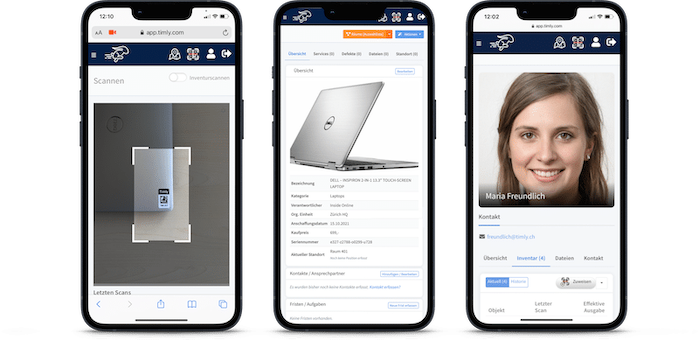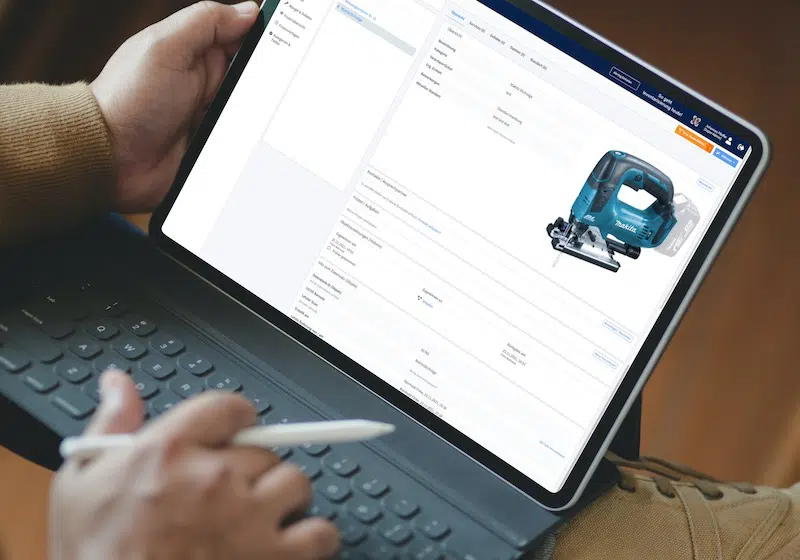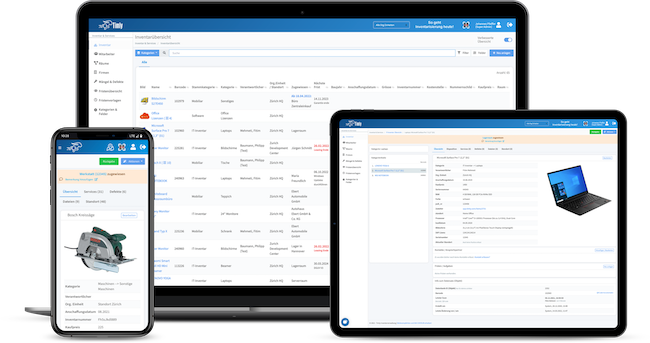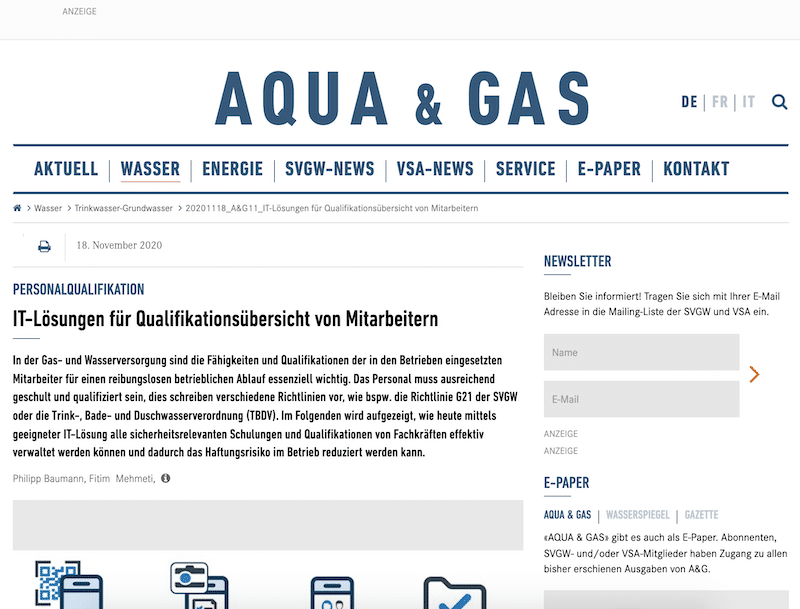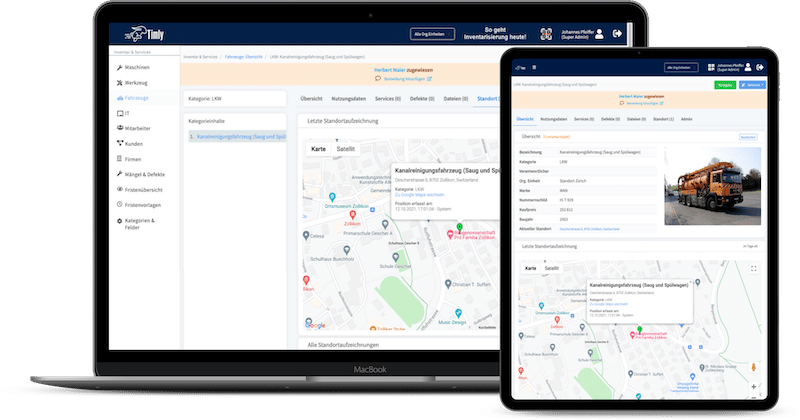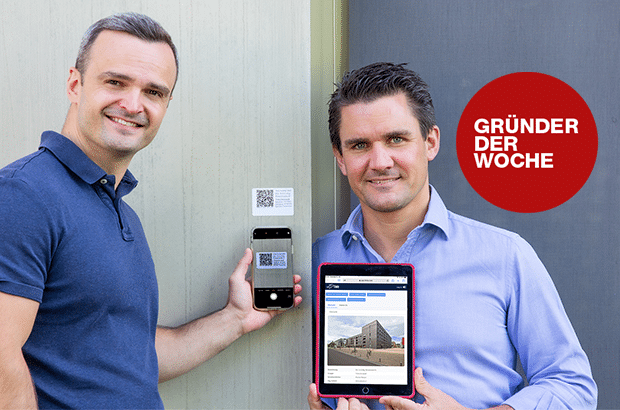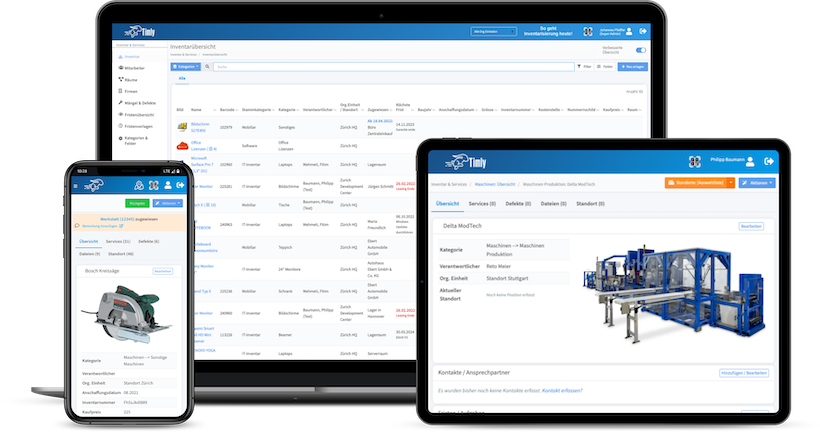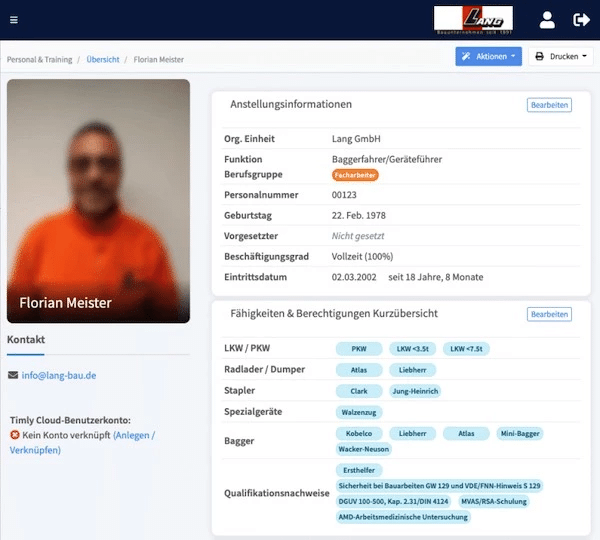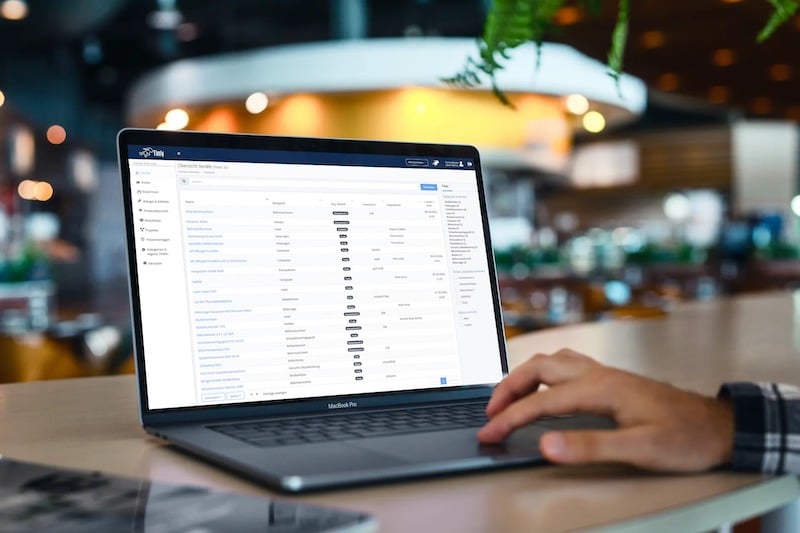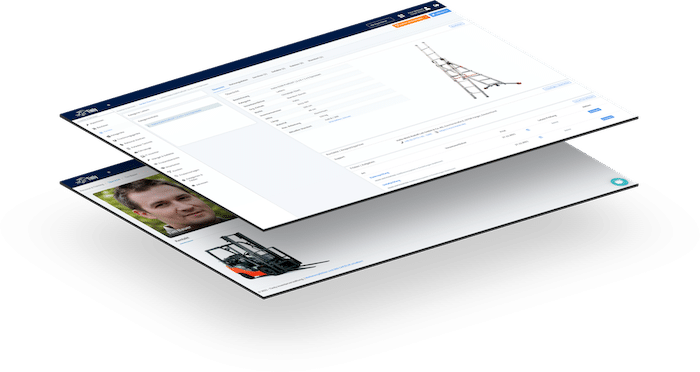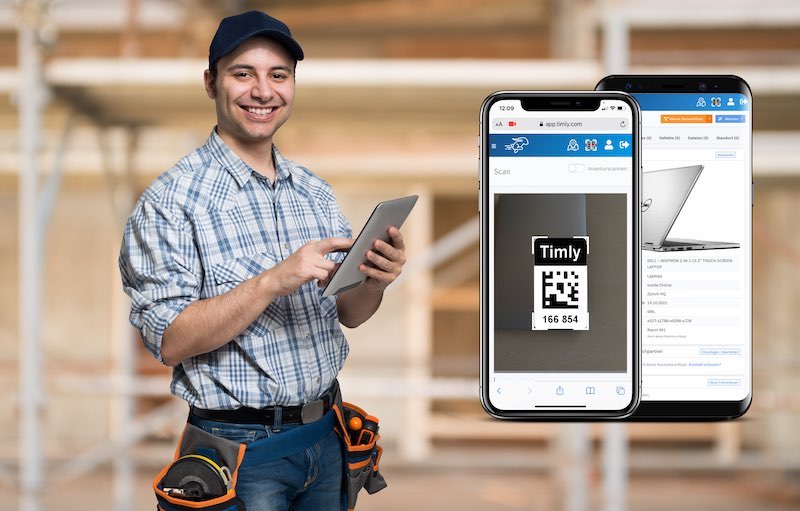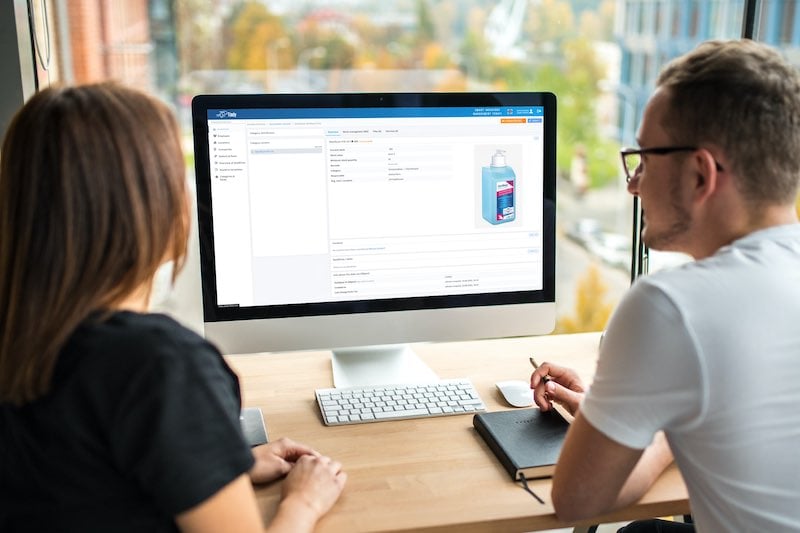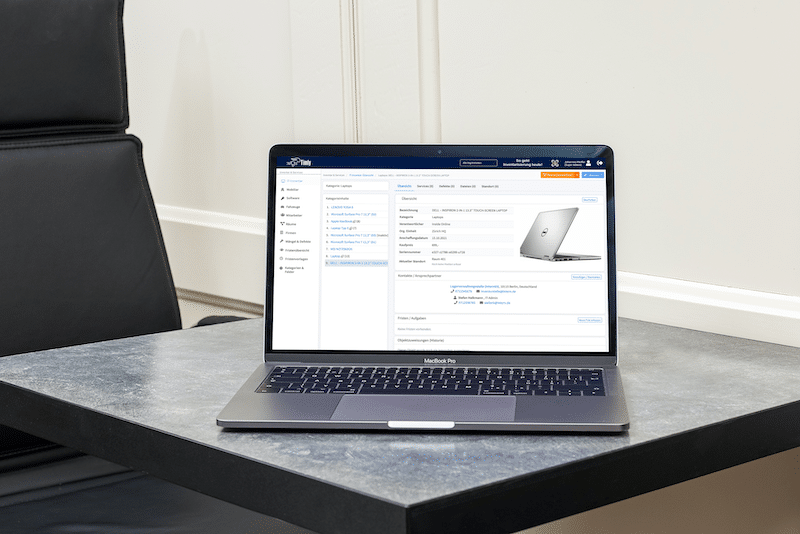- Wide-Ranging Tasks: Public administration handles diverse responsibilities. Some require highly specialized software, while others benefit from flexible, general-purpose solutions.
- Data Protection and Security: Safeguarding sensitive information is crucial, as public authorities are frequent targets of cyberattacks.
- Time-Saving: The right software helps streamline workflows, saving valuable time and making better use of limited resources.
- What is Public Administration?
- Public Administration: Digitization in Demand
- What is Management Software?
- Software for Public Authorities: Special Requirements
- From Time Recording to Inventory Management
- Effective and Secure Software for Public Administration
- Management Software: Integration as a Key Challenge
- Streamlining Processes and Optimising Resources
- Public Administration: IT Solutions Add Value
- Opportunities with Software for Public Administration
- FAQs About Public Administration Software
What is Public Administration?
When we talk about public administration, the goal is often to use tools like asset management software for local governments to make processes more efficient. But what does public administration really involve?
In the UK, public administration refers to the range of activities carried out by government bodies to serve the public and meet the country’s goals. These tasks are handled by executive authorities, such as local councils, HM Revenue & Customs (HMRC), and other public offices. Public administration does not include legislative bodies or the courts, but instead focuses on delivering services and maintaining order.
Efficiency is at the top of mind for many working in the public sector, especially with ongoing budget constraints and staffing shortages. Public services must not only achieve their objectives but also remain accessible and citizen-friendly, making the best use of limited resources.
By introducing effective digital tools, such as asset management software for local government, authorities can:
- Streamline workflows
- Save time
- Provide better services to the public
Public Administration: Digitization in Demand
In the UK, the push for digitization in public administration is growing stronger. We’ve already seen initiatives like the government’s investment in technology for schools, such as the EdTech Strategy, which supports digital tools for teaching and learning. But beyond education, there’s an increasing demand for digital systems to simplify administrative processes across the board.
One key example is the UK Government Gateway, which allows citizens and businesses to manage tax, benefits, and other services online. Similarly, the NHS App gives people access to medical records, appointment bookings, and prescription services at their fingertips. These kinds of tools aim to make public services more flexible and user-friendly while reducing the burden on stretched resources.
For public sector workers, digital solutions like asset management software for local governments offer their own benefits. Employees can access systems remotely, work from home, and manage tasks more efficiently. This supports a better work-life balance. This is particularly valuable for parents or carers juggling multiple responsibilities.
Of course, digitization requires the right infrastructure. To succeed, public bodies need robust, user-friendly software and modern, reliable hardware. By investing in these tools, local governments can create a more flexible, efficient system that benefits both staff and citizens alike.
What is Management Software?
Management software in public administration falls into two main categories:
- Software for core activities
- Software that supports work processes
Both are essential but serve different purposes depending on the needs of the local authority.
Software for Core Activities
Core activity software is designed to manage the primary functions of public authorities. For example, in the UK, local councils or HM Revenue & Customs (HMRC) rely on specific systems to handle tasks like tax collection or benefits administration. These systems are often mandated by higher authorities, leaving little room for customization at the local level.
Efforts to standardize such software across regions have had mixed success. For example, projects aimed at unifying local council tax and benefits software often struggle with diverse regional requirements and outdated legacy systems. This has led to fragmentation, where different authorities rely on a variety of different tools that can have a negative impact on efficiency.
Software for Work Process Management
Local authorities often have the freedom to choose work process software that fits their specific requirements and budgets. For instance, asset management software for local governments is widely adopted to track resources, improve inventory management, and optimize the use of assets.
The Importance of Management Software
Whether supporting core activities or streamlining work processes, management software plays a vital role in public administration. The right tools help reduce administrative burdens, save time, and ensure resources are used efficiently. This enables authorities to focus more on delivering better services to their communities.
For public authorities, software must meet a unique set of requirements to ensure it supports operations effectively and securely. In the UK, the focus is on
- Maintaining independence
- Self-determination
- Robust security measures
- Adhering to strict legal and data protection standards
Independence
Self-Determination
Security
Security is of the utmost importance for public sector software. Systems must meet stringent requirements to protect sensitive data, in line with the UK’s Data Protection Act. This includes:
- Encrypted Data Transmission: Personal data must always be encrypted to prevent unauthorized access.
- Secure networks: Employees accessing internal systems remotely must use a secure Virtual Private Network (VPN) to create an encrypted tunnel.
- Compliant Cloud Services: If cloud storage is used, the provider must comply with recognized standards, and servers must be based within the UK or EU.
Certifications and Standards
In addition to security practices, authorities should prioritize software that meets approved certification standards. In the UK, government-backed certifications like Cyber Essentials or those recommended by the National Cyber Security Centre (NCSC) help ensure products are reliable and secure.
From secure data deletion tools to network components, every piece of software and hardware used in public administration must be carefully evaluated. Meeting these high standards ensures public authorities can operate efficiently, safely, and with public trust.

From Time Recording to Inventory Management
Here are some key examples:
Time Recording Systems
File Exchange Platforms
Task Distribution with Ticket Systems
Information Platforms
Inventory Management
Professional inventory management is becoming indispensable for public authorities. Tracking equipment, assigning responsibility, and monitoring deadlines are far easier with specialized software. For example, in IT asset management, it’s essential to monitor license terms and update schedules.
Solutions like Timly’s asset management software are already helping many public authorities maintain control over their resources. These tools provide an overview of locations, responsible employees, and upcoming deadlines, ensuring that inventory is always up-to-date and efficiently managed.
By implementing these types of software, local governments can save valuable time, improve workflows, and optimize resource allocation, leading to better services for both employees and citizens.
Effective and Secure Software for Public Administration
Public institutions face unique security challenges when implementing software solutions. Local applications often require extensive permissions within internal networks, which increases the need for thorough risk assessments before deployment. Security measures are essential to protect sensitive information and maintain operational integrity.
Local Networks and Virtualization
Access to these systems can be controlled through defined software interfaces. For instance, a time recording system could operate securely by restricting access to a dedicated network segment, ensuring that data is exchanged only in predefined formats.
Cloud-Based Software
For example, Timly’s inventory software allows employees to manage and update inventory information from any location. The system adheres to GDPR requirements, with refined user management ensuring data protection. Importantly, no VPN is needed, as employees can securely access the platform without opening up the institution’s internal network.
Rising Importance of Network Security
The Timly Software in Use

Optimized Device Management With Innovative Self-Inventory
SodaStream is the world market leader for water sparkling systems for domestic use and has a lot of IT equipment at its various locations. Many colleagues now work from their home offices. A digital solution for the efficient management of IT end devices became necessary...
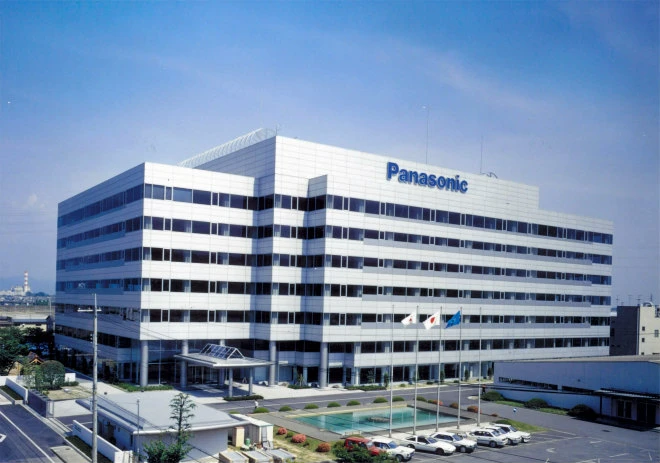
Panasonic x Timly: Driving Technological Innovation
One of the most remarkable aspects of human ingenuity is our ability to innovate. Innovation is embedded in the DNA of consumer electronics giant Panasonic, which has diversified into a number of sectors, from heavy industry to construction...
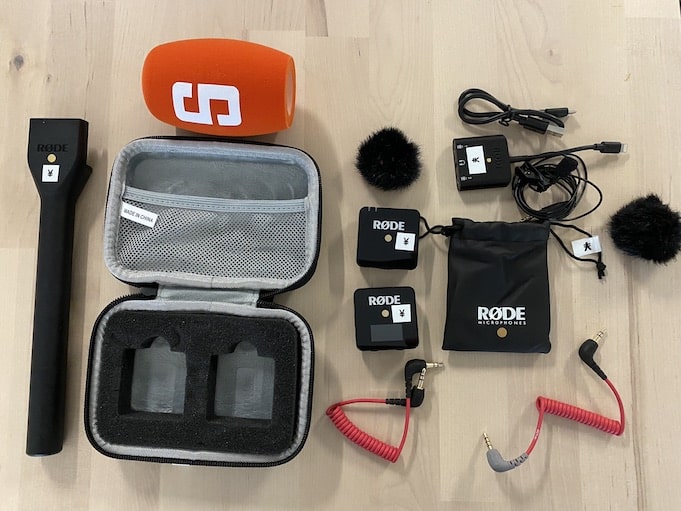
Manage Video Equipment Efficiently Without Much Effort
The Hamburg media company always does outstanding journalistic work and is characterized by independent reporting. In order to maintain journalistic quality, the teams work with highly specialized devices – these need to be managed efficiently...

Smart City Asset Management – Timly in Use at DIGOOH
The core business of DIGOOH Media GmbH in Cologne is to manage digital city light posters (DCLP) for outdoor use in various cities in Germany. The challenge here lies in making the client’s communication message always available at the right time, in the right place...
(No credit card required)
Management Software: Integration as a Key Challenge
For management software to be effective, it must integrate with an authority’s existing IT infrastructure. This applies to both local installations and the exchange of data with other systems. Synchronization is crucial to ensure smooth workflows and data consistency.
Applications should include interfaces such as APIs for automated data exchange or options for importing data via CSV files. These tools are particularly important during initial setup, simplifying the transfer of existing data into the new system. They also promote long-term flexibility. Should the authority switch providers in the future, migrating to a different application becomes much easier.
Streamlining Processes and Optimising Resources
Software should reduce manual workloads and can completely transform how resources are used. A great example is inventory management software, which gives managers greater control over the handling of work equipment.
With inventory software, all assets—from IT infrastructure and furniture to vehicles—can be catalogued and linked to specific locations, rooms, or employees.
By scanning a QR code attached to an item, staff can instantly access critical information using their smartphone, such as maintenance schedules, handling instructions, or specifications. This reduces the need for time-consuming queries and ensures upcoming deadlines are clear to everyone.
For administrators, the benefits are just as great. They gain a real-time overview of where each piece of equipment is located and who is responsible for it. Stocktaking and inventory audits can be performed directly within the system, saving valuable time and ensuring records are always up-to-date.
By integrating solutions like inventory management software, public authorities can automate repetitive tasks, reduce inefficiencies, and make better use of their resources. As an added bonus, this will start to empower employees by giving them easy access to the tools and information they need.
Public Administration: IT Solutions Add Value
Implementing new software solutions in public administration can be a big upfront cost. You not only have to purchase hardware, but afterwards need to invest in training employees, and be prepared for a time of adjusting workflows. However, these investments often deliver significant long-term value.
As flexible working like remote work and flexitime become more common, efficient information exchange has never been more important. Email briefings and managing communications manually can take up valuable time, but digital tools make these processes faster and more convenient. By giving employees access to the information they need, exactly when they need it, software helps prevent delays and improve overall efficiency.
Opportunities with Software for Public Administration
Resource optimization is another huge advantage. For example, inventory management software simplifies the tracking of assets like IT equipment or vehicles. This means that resources are allocated more efficiently, maintenance deadlines are met, and real-time updates are available to all staff that need them.
In addition, adopting user-friendly software can increase adoption of public services among citizens. Citizens benefit from smoother, faster interactions with public authorities improving overall relations and delivering a service that can be more widely used.
When used strategically, IT solutions not only modernize public administration but also deliver lasting benefits to both staff and the communities they serve.
FAQs About Public Administration Software
Why Should Managers Invest in Additional Software Solutions for Public Authorities?
Staff shortages and tight budgets have been long-standing challenges in public administration. Software solutions help address these issues by accelerating and automating work processes, allowing existing resources to be used more effectively.
Where Can Software Most Effectively Support Public Administration?
Tools designed for flexible working conditions make it easier for employees to access necessary data while working remotely or on-site, improving efficiency and responsiveness.
What Are the Minimum Security Requirements for Professional Software?
Security is a top priority for public administration software. At a minimum, solutions must comply with the General Data Protection Regulation (GDPR), ensuring:
- Encrypted data transmission to protect sensitive information.
- Secure authentication, such as complex passwords and two-factor authentication.
- Regular security updates provided by the software vendor.
Are Cloud Applications Suitable for Public Administration?
Yes, many public authorities already use cloud applications. However, it’s crucial to select providers that host servers within the EU and comply with GDPR standards.
Recommended for you:
Book an online demo - free and without obligation - or create your free trial account directly.




